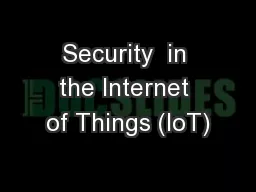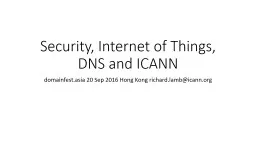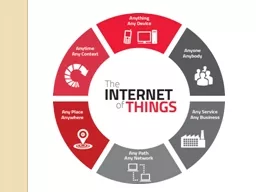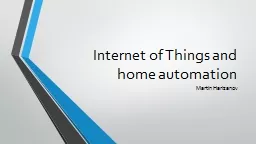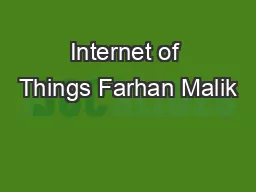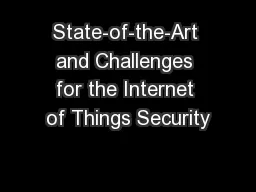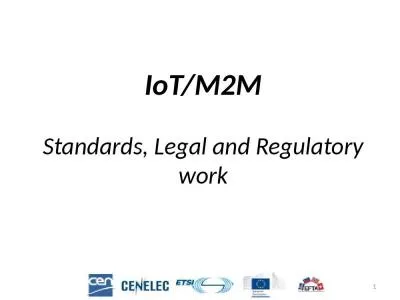PPT-Security in the Internet of Things (IoT)
Author : pasty-toler | Published Date : 2018-02-22
Are our smart devices really that smart Christopher McDermott cdmcdermott rguacuk Cyber Security Cyber Security Trends UK migration to IPv6 IoT Security vulnerabilities
Presentation Embed Code
Download Presentation
Download Presentation The PPT/PDF document "Security in the Internet of Things (IoT..." is the property of its rightful owner. Permission is granted to download and print the materials on this website for personal, non-commercial use only, and to display it on your personal computer provided you do not modify the materials and that you retain all copyright notices contained in the materials. By downloading content from our website, you accept the terms of this agreement.
Security in the Internet of Things (IoT): Transcript
Download Rules Of Document
"Security in the Internet of Things (IoT)"The content belongs to its owner. You may download and print it for personal use, without modification, and keep all copyright notices. By downloading, you agree to these terms.
Related Documents

